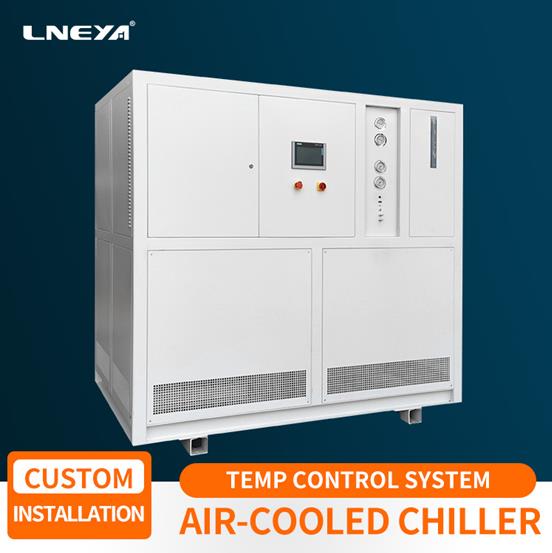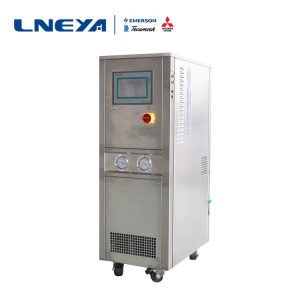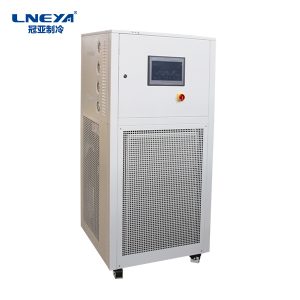Trouble shooting method for refrigeration device of air-cooled cold water mechanism chemical reactio
If air enters into the air-cooled cold
water mechanism refrigeration unit system of the chemical reaction kettle, the
impact will be many. Enter the air circulation system first, the pressure will
rise, the heat dissipation effect of the condenser will also be affected, and
even the air-cooled cold water mechanism refrigeration unit of the chemical
reactor will not operate as a result. Therefore, we must usually develop the
habit of inspections, and we should not close one eye when we find abnormalities.
If we ignore small problems, they may develop into major problems.
In some cases, equipment problems are
caused by long-term use. Machines, like people, always operate, and problems
are inevitable. There are two types of air-cooled cold water mechanism chemical
reaction kettle refrigeration unit, air-cooled and water-cooled, no matter
which type, in the case of long-term use, the refrigeration system may leak.
But as long as we seize the right time to deal with it, it will not cause any
serious impact.
The air-cooled cold water mechanism
chemical reactor refrigeration unit has entered the air. What we have to think
about is how to vent it?
At this time, it depends on what kind of
refrigeration system it uses. The ammonia refrigeration system is different
from the Freon system.
If it is a Freon system, its bleed
operation steps are as follows: close the condenser or liquid reservoir outlet
valve; start the compressor; stop; let the high-pressure gas escape from the
bypass hole. When the air is exhausted, the screw plug should be tightened, the
exhaust valve stem should be reversely rotated, and the bypass hole should be
closed.
If it is the pharmaceutical reactor
refrigeration unit group of the ammonia refrigeration system, its venting step
is as follows:
When using an air separator to discharge
air, keep the air separator normally open and all other valves should be
closed; the intake valve should be properly opened; the liquid supply valve
should be opened slightly; the air discharge valve interface should be opened
to the water to see the change of rising bubbles in the water. When stopping
the air release, the air release valve should be closed first, in order to
prevent ammonia gas from leaking out, and then close the liquid supply throttle
valve and the mixed gas inlet valve. The purpose of this is to prevent the
pressure in the air vent from rising, and the return valve should not be
closed.
Wuxi Guanya (LNEYA) reminds: In order to
avoid wasting refrigerant, the time of each deflation should not be too long,
and it can be performed multiple times in a row.
Related recommendations
-
The existence of distillation and temp. control during distillation–SUNDI dynamic temp. control
1484Distillation exists in industries such as biopharmaceutical and petrochemical industries. Laboratory distillation includes vacuum distillation, short-path distillation, thin-film distillation, steam distillation, batch distillation, azeotropic dis...
View details -
Basic structure manual of industrial chiller
1803Industrial chillers are composed of compressors, condensers, evaporators, expansion valves and other accessories. 1. Compressor: In the industrial chiller system, the compressor is the power to ensure refrigeration. The compressor is used to incre...
View details -
Explosion-proof high and low temperature one machine manufacturer instructions installation point
1706After the explosion-proof high and low temperature integrated machine is delivered from the factory, it must be installed after reaching the destination. What should you pay attention to when installing? The explosion-proof high and low temperatur...
View details -
Chip high and low temperature aging test box system design
1659The high and low temperature aging test box of the chip is applied to the high and low temperature test industry of the chip. The design schemes provided by the high and low temperature aging test box manufacturers of different chips are different...
View details
 LNEYA Industrial Chillers Manufacturer Supplier
LNEYA Industrial Chillers Manufacturer Supplier














